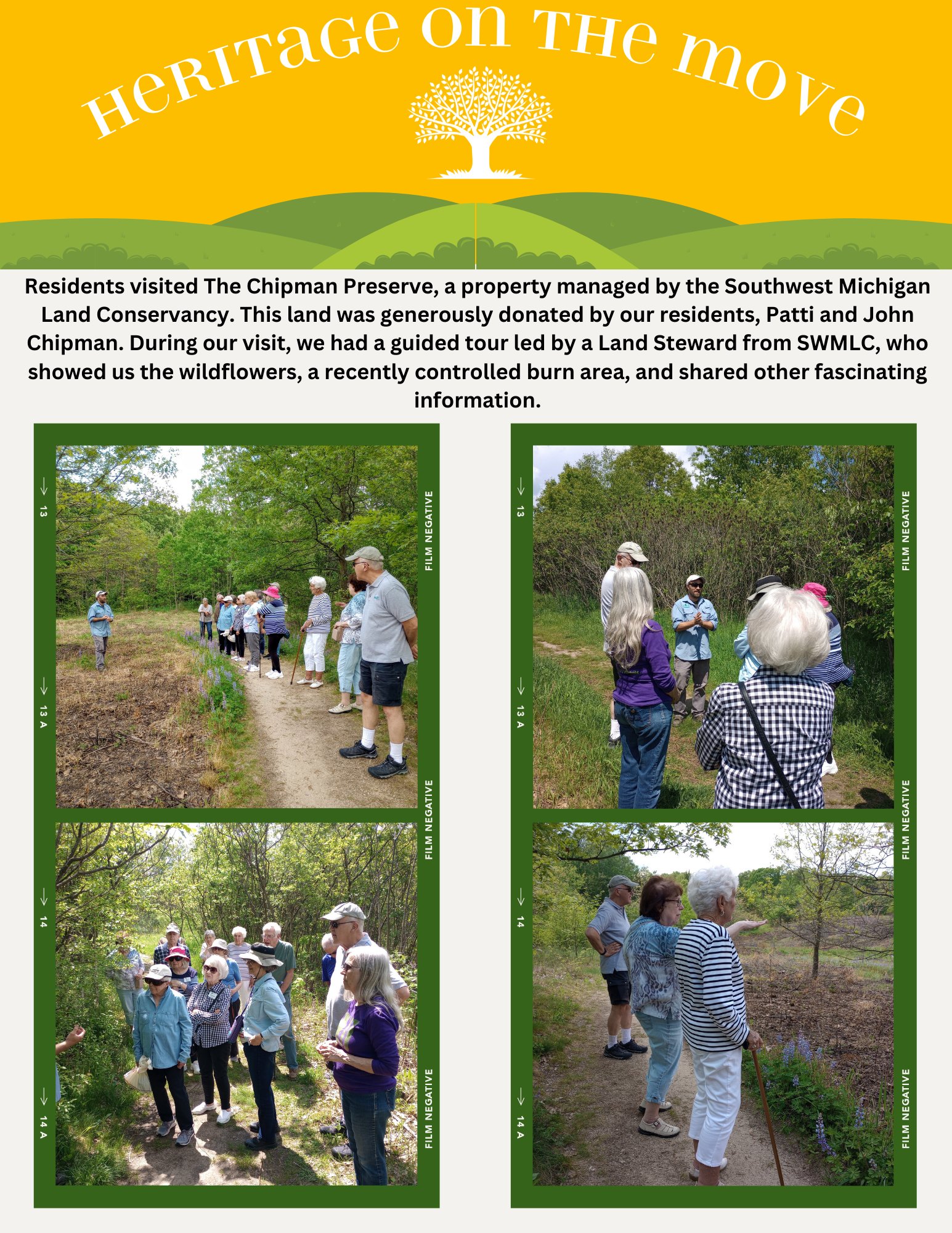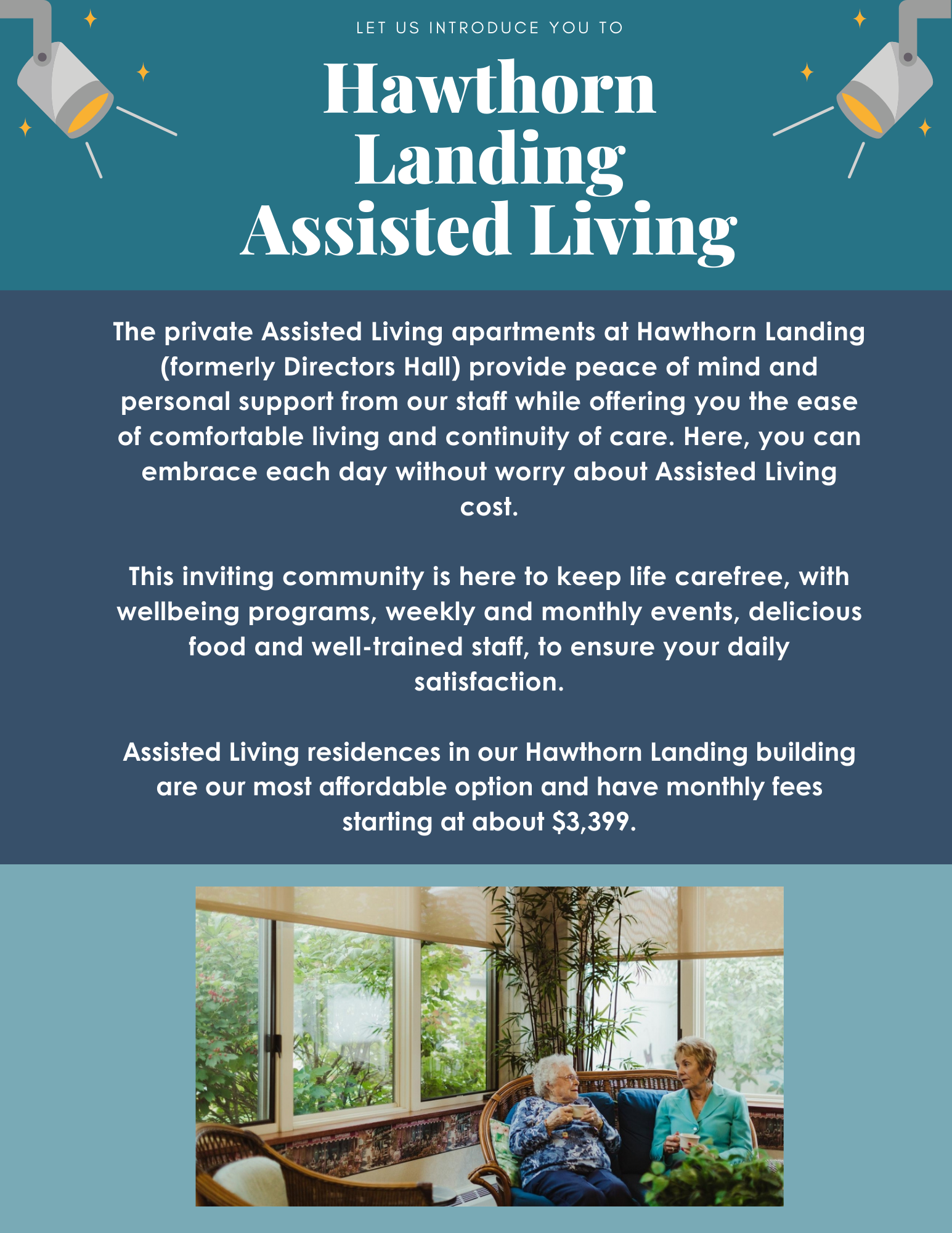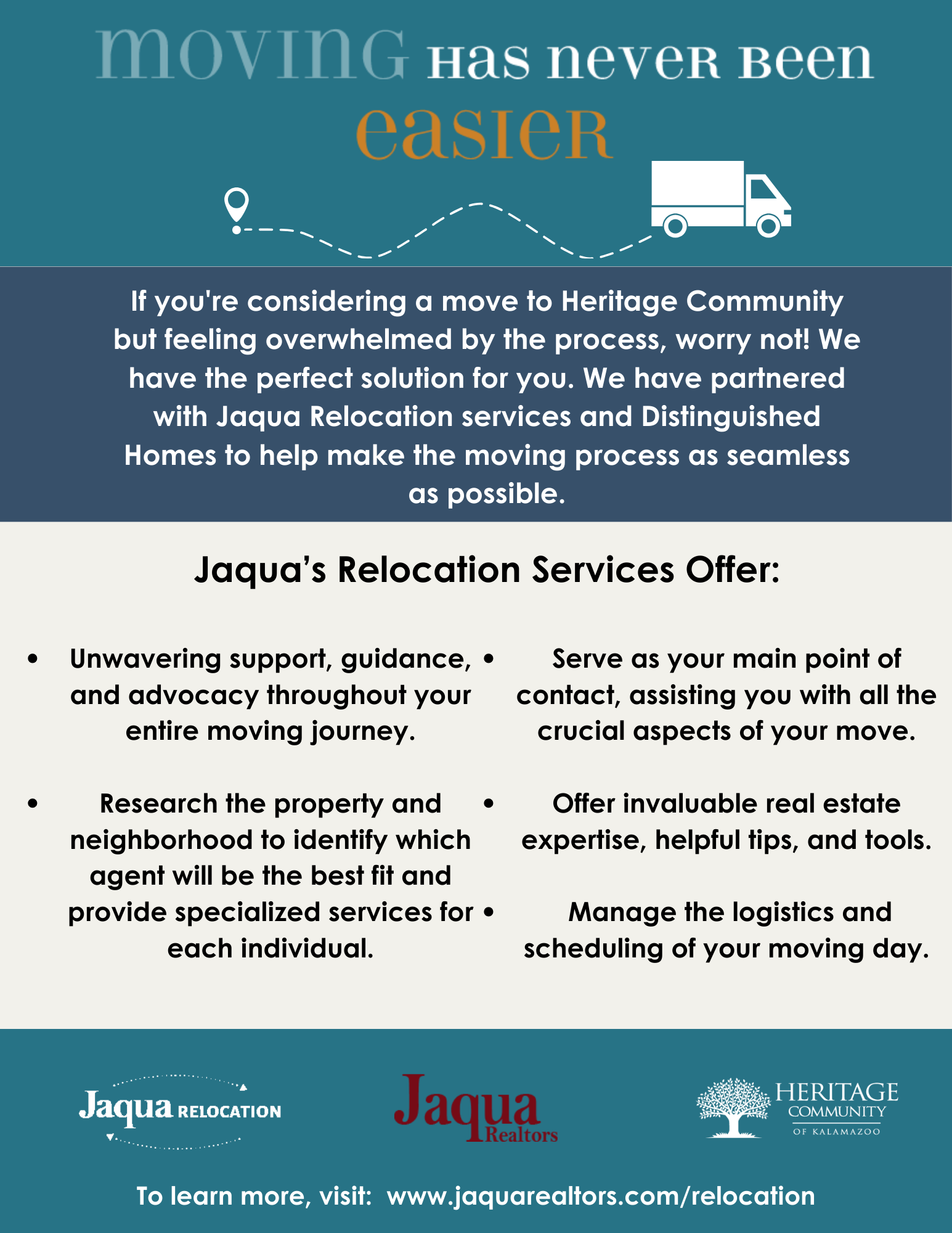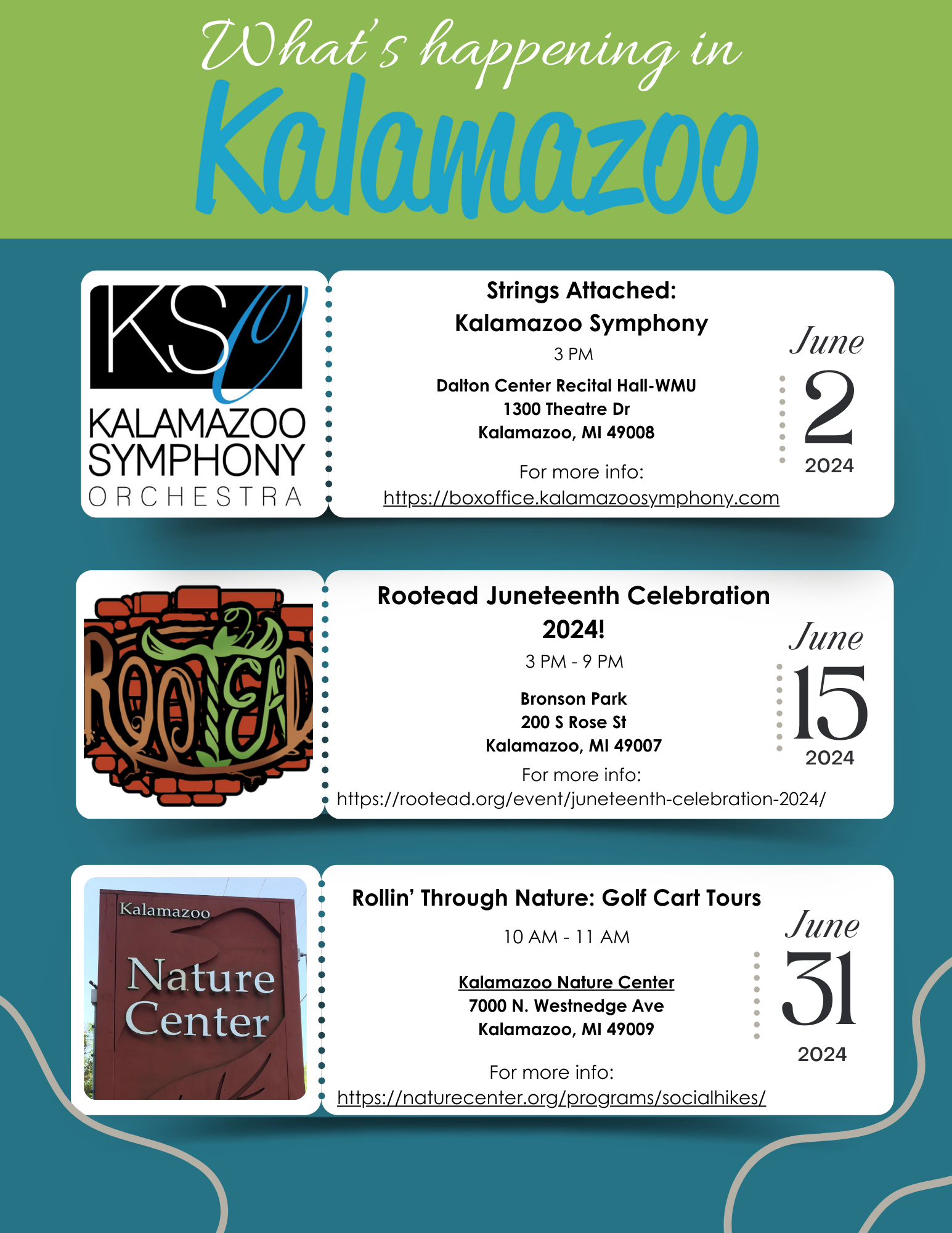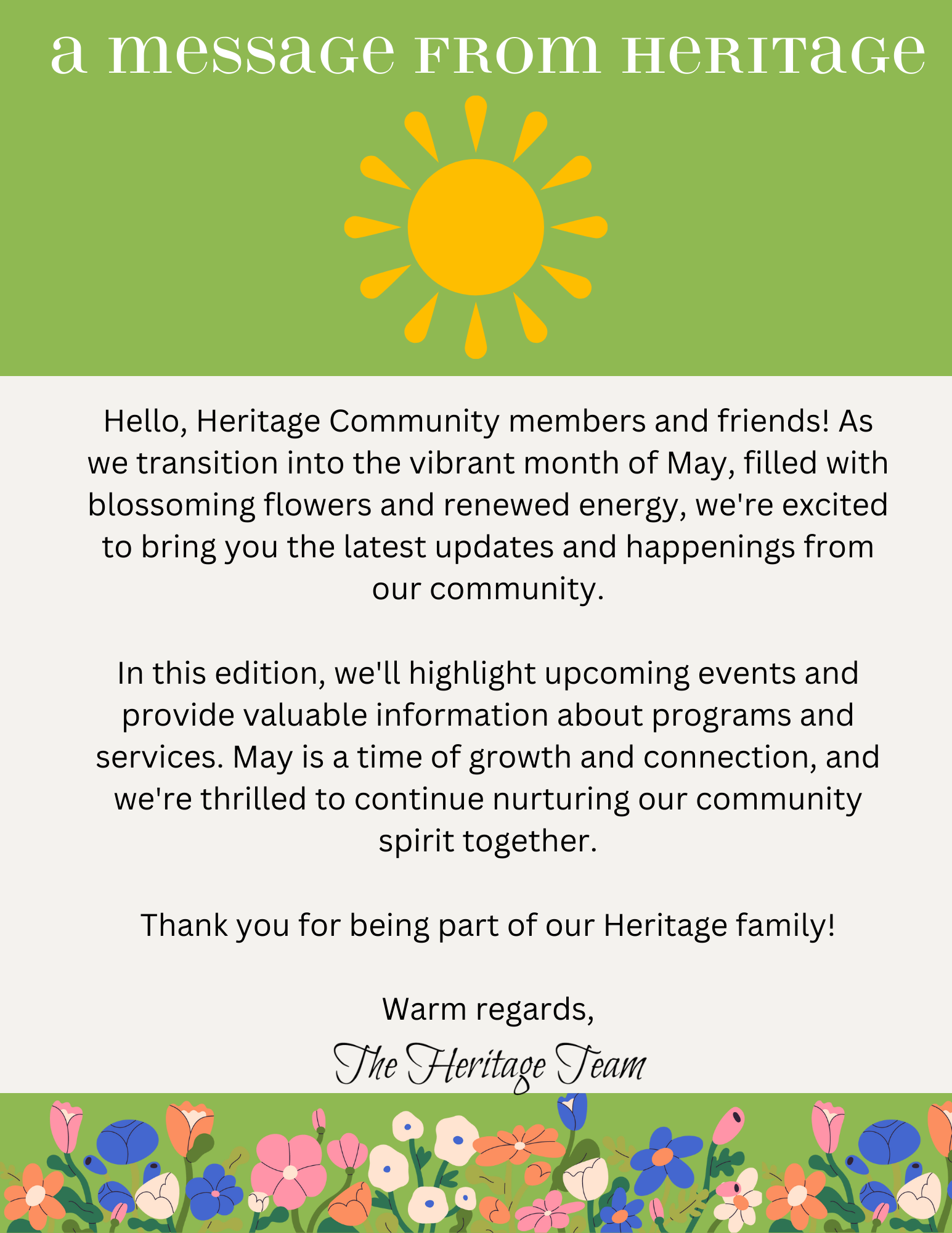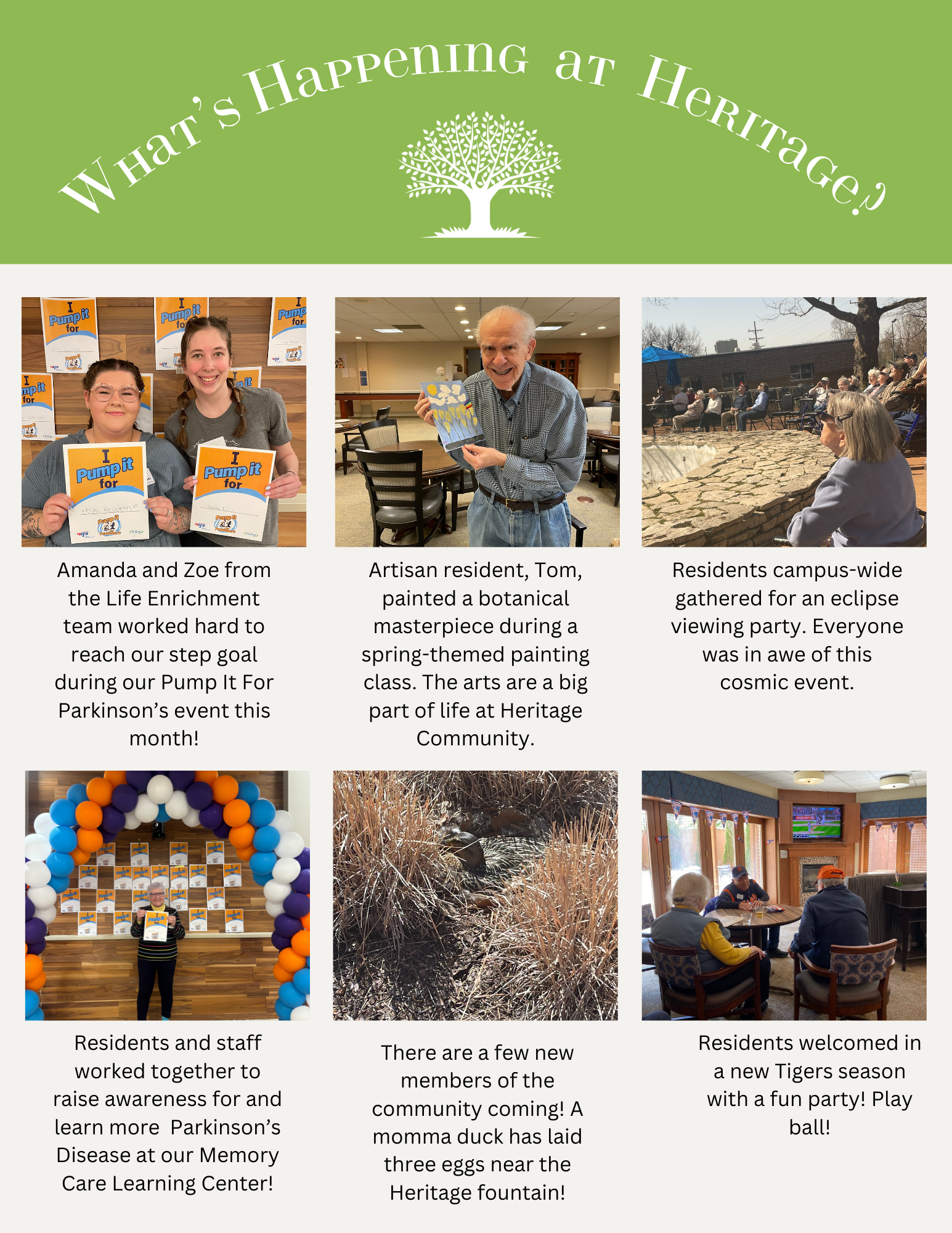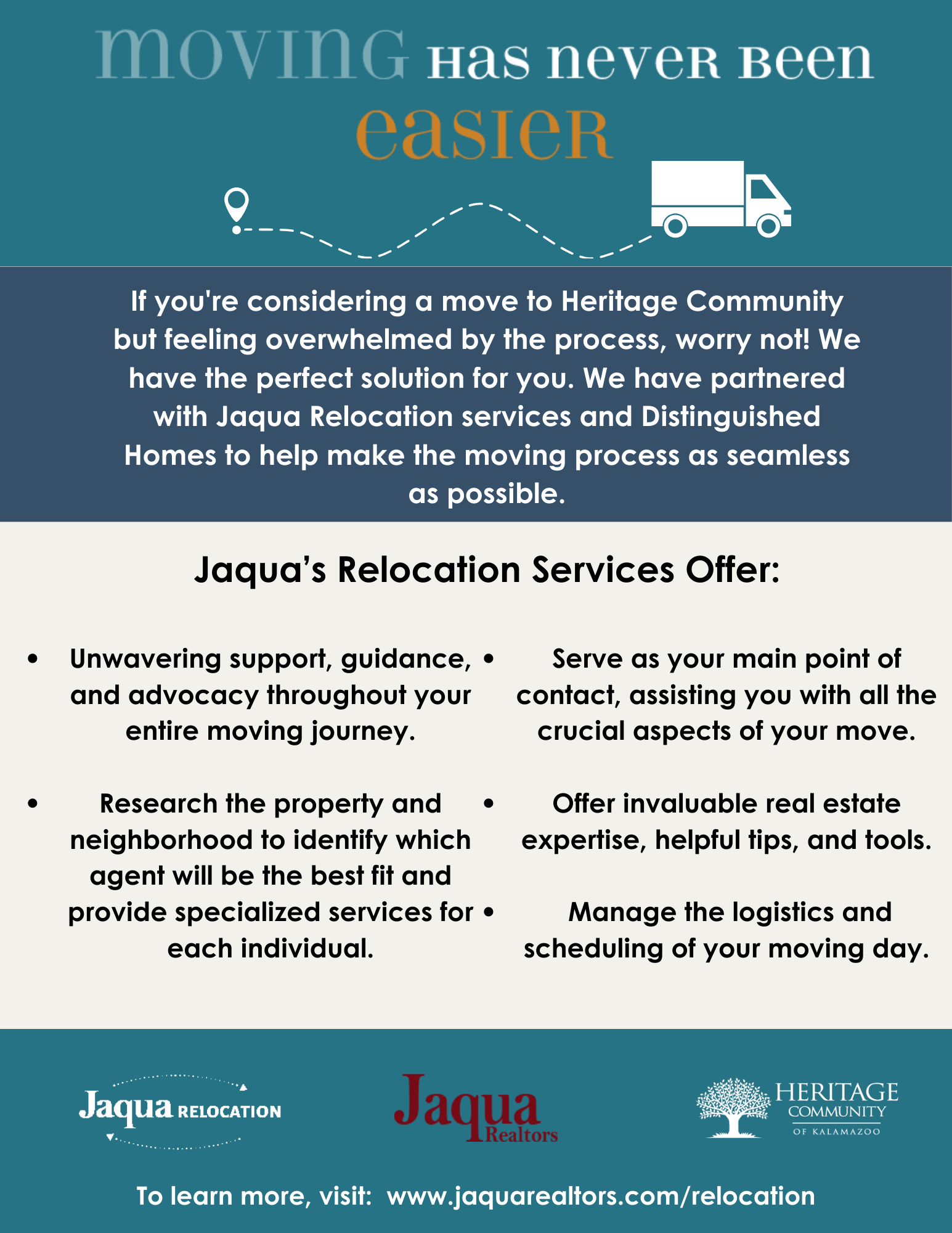At first, choosing a retirement community seems like it should be a fairly straightforward decision. You find a community you like and then determine if you can afford to live there — right?
But then you start reading about how much different retirement communities cost and the various types of fees they charge, and the decision-making process gets murkier.
You might find yourself wondering why you should pay an entrance fee in addition to a monthly fee, and why some communities require you to pay an entrance fee but others don’t.
Sometimes the more you try to compare senior living communities based on costs, the more confusing it can seem to make the right choice.
Understanding the basics can help you make the choice that’s best for you — or for your parents, if you’re helping them with their decision.
What is an entrance fee at a retirement community?
An entrance fee is a one-time fee some senior living communities charge new residents to become members of the community.
Entrance fees for retirement communities provide a source of capital that can be used for maintaining and enhancing the property; services, amenities and programs for residents; and administrative costs, including salaries and training for staff.
Some communities use entrance fees to offset lower monthly fees, which cover some of the same costs listed above, but also can include expenses such as housekeeping, utilities, laundry, transportation and meals.
For instance, the monthly fees in Community 1 may be higher than those in Community 2, but the entrance fee for Community 1 may be substantially lower than the entrance fee for Community 2.
Senior living communities that don’t require an entrance fee typically charge significantly higher monthly fees. Rental communities that offer month-to-month leases generally charge the highest monthly fees.
Basically, when you pay an entrance fee, you’re buying into a retirement community.
Entrance fees may also cover the cost of advanced care
You might have come across the term CCRC entrance fees. Life Plan Communities, also known as continuing care retirement communities or CCRCs, offer what’s called a full continuum of care. This includes independent living, assisted living and usually one or more types of additional care, such as memory care, skilled nursing or rehabilitation services.
If you choose a Life Plan Community, the entrance fee you’ll pay gives you priority access to whatever level of care you may need, for as long as you need it, while you live in the community.
Many older adults find this option gives them peace of mind. They know they can get advanced care, should their health needs change, without having to leave the community.
Here’s an important point to bear in mind: Many Life Plan Communities require new residents to be able to live independently when they move into the community. Others will accept new residents directly into assisted living, though they may charge a higher entrance fee in those instances.
How much do entrance fees at continuing care retirement communities cost?
CCRC entrance fees can range from $40,000 to more than $2 million, according to an
article by AARP that cited the National Investment Center for Seniors Housing & Care as its source. The average is about $402,000.
Entrance fees can lead to stability in the community
Compared with seniors who move to a rental community, those who move into an entrance fee community tend to stay in their new homes longer. For many, the move to a retirement community is the last move they intend to make.
As a result, residents in entrance fee communities have greater opportunities to get to know one another and often forge friendships that last many years. Those who live in rental communities are more likely to see new neighbors come and go.
Types of entrance fees
Not only do senior living communities charge different amounts for their entrance fees. They also charge different
types of entrance fees:
- Nonrefundable
- Partially refundable
- Declining refundable
- Fully refundable
Some communities offer multiple types of entrance fees to give residents greater flexibility in their contract options.
Usually, nonrefundable entrance fees are at the lower end of the scale and fully refundable entrance fees are the highest. Some communities will return at least part of a nonrefundable entrance fee if the resident leaves the community or passes away within the first two to five years.
Residents who sign contracts with partially refundable entrance fees get back 50% to 90% of their original entrance fee when they move out of the community (or the resident’s estate receives the refund if the resident passes).
Other potential advantages of paying an entrance fee
- Choosing an entrance fee community can make it easier to budget your expenses because you’re less likely to see large increases in your monthly fees than you would living in a rental community. This may help you extend your assets over a greater period of time, particularly if your entrance fee is refundable.
- If preserving your estate is a priority, a refundable entrance fee can help you accomplish that goal.
- You may find there are certain tax benefits associated with your entrance fee — and your monthly fees as well, if you choose a Life Plan Community. It’s a good idea to discuss these potential benefits with your financial planner, tax adviser or estate planner.
Entrance fees at Heritage
Heritage Community of Kalamazoo offers different
entrance fee agreements for greater flexibility.
We are the area’s only locally owned and operated nonprofit Life Plan Community, so our entrance fee ensures you’ll have priority access to assisted living, memory care and skilled nursing care — if you need it — for as long as you are with us.
The portion of your entrance fee that’s refundable depends on the specific agreement you choose. You can pay a higher entrance fee and receive up to 90% of it back at the end of your contract. Or, you can pay a lower entrance fee and receive less of it back when the contract ends.
Still have questions?
If you’d like to know more about entrance fees in general or ours specifically,
contact us and we’ll make sure you get the information you need to make your best choice.





